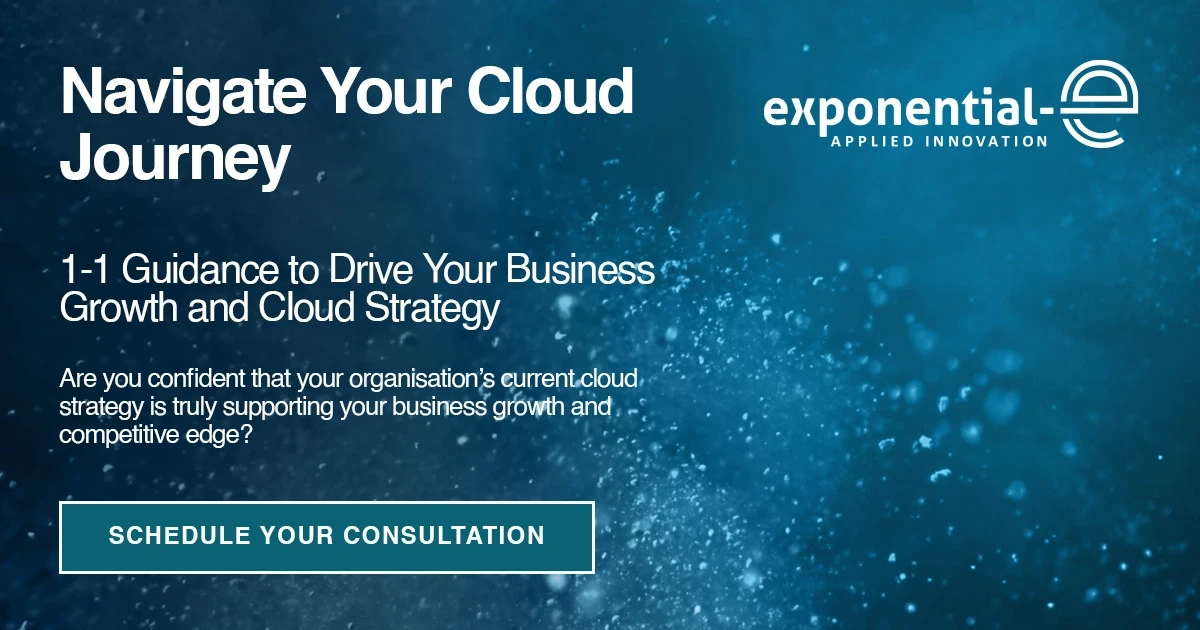Bringing the Data Centre into the Interconnected Age with Azure Managed Hyper-Converged Infrastructure
Cloud transformation is now a key priority, even in sectors that have been comparatively slow to embrace new technologies, and the full potential of AI is only just beginning to reveal itself, for example. But amidst this unstoppable tide of change, the data centre remains the foundation of most digital innovations. Indeed, it has been predicated that the data centre industry will continue to grow by 10% annually up to 2030, with global investment in new facilities anticipated to exceed $49 billion[1].
But just as with any technology, data centres must evolve to suit organisations' evolving requirements, particularly around the increasing demand for the seamless, secure integration of multiple systems - on-premises and in the data centre - to achieve specific performance, security, or compliance goals. There are several key challenges in this regard:
- Enabling full control and visibility of highly dispersed infrastructure through a single pane of glass.
- Utilising public Cloud in such a way that its inherent flexibility and scalability can be used to its fullest potential, while still retaining cost control (a frequent concern when fully migrating resource-intensive applications to the Cloud).
- Minimising latency, so 'always on' platforms deliver the required levels of performance and availability
- Maintaining the highest level of security, compliance, and governance, particularly when financial, medical, and other highly sensitive data must be transferred, managed, and stored
Hyper-Converged Infrastructure (HCI) has opened opportunities for data centre modernisation by combining compute, storage, and networking as a single, software-defined platform, and Azure Local takes this to its logical conclusion by seamlessly integrating on-premises hosting capacity with Microsoft Azure.
This enables data centre services to be utilised in a more flexible, strategic way that supports organisations' growth and burst capacity requirements whilst leveraging existing skillsets, providing a 'best of all worlds' solution that optimises ROI.
This also supports the increasing drive for greener hosting solutions, allowing for a smaller data centre footprint and - in turn - reduced power consumption. When combined with the ongoing deployment of technologies like liquid cooling in data centre environments, this ensures that next-gen AI projects and especially resource-intensive PaaS solutions are able to co-exist with organistions' long-term environmental goals.
To find out more about the full range of possibilities Azure Local opens up, and its transformative potential in the data centre, read our white paper: Azure Local: The Good, The Bad and The Hybrid. Inside, we explore the full range of hosting challenges that organisations at all levels must consider, the respective advantages of public Cloud and on-premises solutions, and how to establish a hosting model that suits your unique goals and requirements, with ample room to evolve as your business does.
When you subscribe to the blog, we will send you an e-mail when there are new updates on the site so you wouldn't miss them.


